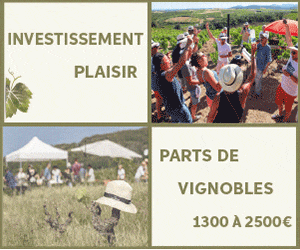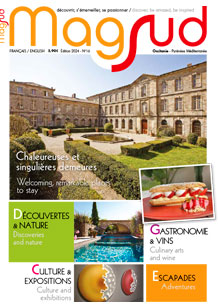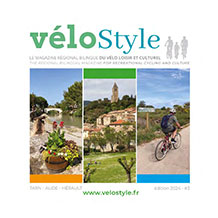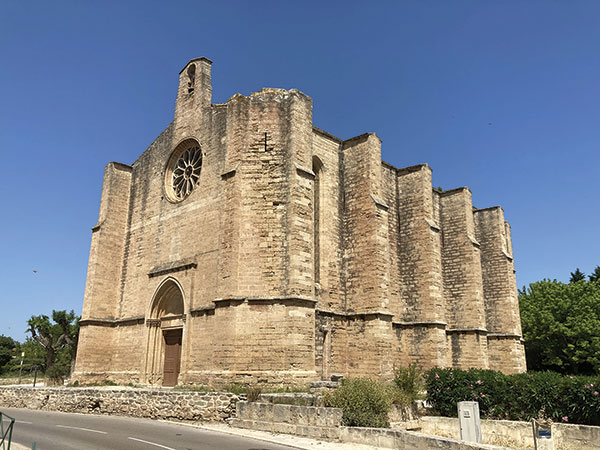
The well-preserved medieval village of Lupianus is a nice surprise. On each street corner stands eye-catching architecture, including the ramparts of the Lord's Château, as well as three registered historical sites: the Saint-Hippolyte Chapel (12th Century) recognised as one of the most important Romanesque monuments in the region; the imposing Sainte-Cécile Church (14th Century) in a Languedoc Gothic style and the remains of a Paleo-Christian church. Without forgetting the Gallo-Roman villa of Loupianus along the remnants of Via Domitia.

This former wine estate uncovered by archaeological excavations included a luxurious house decorated with 5th Century mosaics. Not far from Via Domitia and Thau lagoon, it dates back to the year 1 BC. Initially only a modest farm, it gradually grew to become a vast agricultural field typical of those in Antiquity. Today, the small palace's superb polychrome mosaics still decorate its soil. It reached its peak in the 2nd Century and was later abandoned in the 6th Century. Transformed into a museum, Villa Loupian honours a centuries'-old viticulturist past and recounts six centuries in the life of an immense Gallo-Roman farm with the tremendous advantage of presenting the remains "in situ".
Villa-Loupian - 04 67 18 68 18 - https://patrimoine.agglopole.fr/visites/au-musee-villa-loupian/




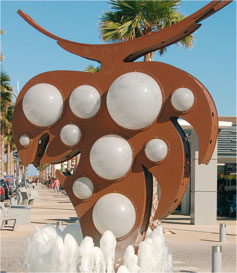
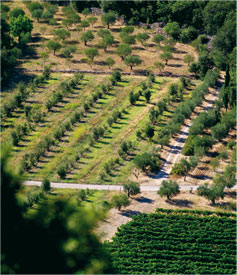

 11,1 °C
11,1 °C